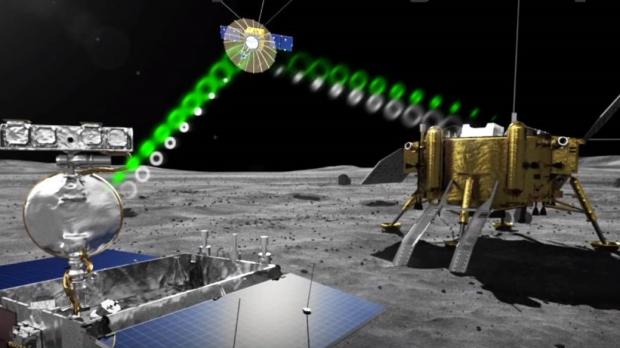
Breaking News
 NonConformist Series: Practical Wealth - Join us virtually Dec 29-30, 2025
NonConformist Series: Practical Wealth - Join us virtually Dec 29-30, 2025
 New bill would allow private citizens to fight cartels: 'WE ARE UNDER ATTACK'
New bill would allow private citizens to fight cartels: 'WE ARE UNDER ATTACK'
 Carnivore Got Me 90% There. This One Drink Changed Everything
Carnivore Got Me 90% There. This One Drink Changed Everything
Top Tech News
 Perfect Aircrete, Kitchen Ingredients.
Perfect Aircrete, Kitchen Ingredients.
 Futuristic pixel-raising display lets you feel what's onscreen
Futuristic pixel-raising display lets you feel what's onscreen
 Cutting-Edge Facility Generates Pure Water and Hydrogen Fuel from Seawater for Mere Pennies
Cutting-Edge Facility Generates Pure Water and Hydrogen Fuel from Seawater for Mere Pennies
 This tiny dev board is packed with features for ambitious makers
This tiny dev board is packed with features for ambitious makers
 Scientists Discover Gel to Regrow Tooth Enamel
Scientists Discover Gel to Regrow Tooth Enamel
 Vitamin C and Dandelion Root Killing Cancer Cells -- as Former CDC Director Calls for COVID-19...
Vitamin C and Dandelion Root Killing Cancer Cells -- as Former CDC Director Calls for COVID-19...
 Galactic Brain: US firm plans space-based data centers, power grid to challenge China
Galactic Brain: US firm plans space-based data centers, power grid to challenge China
 A microbial cleanup for glyphosate just earned a patent. Here's why that matters
A microbial cleanup for glyphosate just earned a patent. Here's why that matters
 Japan Breaks Internet Speed Record with 5 Million Times Faster Data Transfer
Japan Breaks Internet Speed Record with 5 Million Times Faster Data Transfer
China's Chang'e 4 Spacecraft Enters Lunar Orbit Ahead of 1st-Ever Far Side Landing

The spacecraft entered an elliptical lunar polar orbit with a perilune of 62 miles (100 kilometers) at 3:45 a.m. EST (0845 GMT) Dec. 12 following a lunar orbit insertion burn.
The spacecraft's single main variable thruster fired at 80 miles (129 km) distant from the moon following the issuing of a command from the Beijing Aerospace Command and Control Center (BACC) at 3:39 a.m. EST (0839 GMT).
The China Lunar Exploration Project (CLEP) announced the success of the crucial braking maneuver within minutes and confirmed that the spacecraft was functioning well and will begin preparations for communications tests with a relay satellite and refining its orbit.
Chang'e 4 was launched by a Long March 3B carrier rocket from the Xichang Satellite Launch Center, southwest China, at 1:23 p.m. EST (1823 GMT) on Dec. 7 for a 110-hour journey to the moon.

 Aluminum Causes Brain Damage
Aluminum Causes Brain Damage Advanced Propulsion Resources Part 1 of 2
Advanced Propulsion Resources Part 1 of 2

